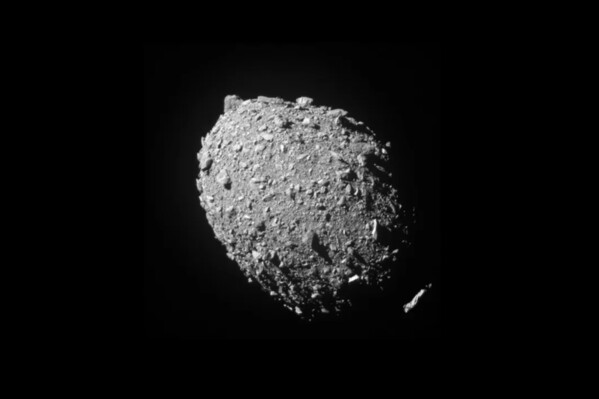Keep your eyes on the skies for the next few nights because the Draconid meteor shower is underway and is expected to reach its peak. With a bit of luck, this usually sleepy meteor shower could develop into a full-blown storm, with hundreds of meteors visible per hour.
The meteor shower kicked off Sunday and will likely be visible until Thursday, with the most meteors being visible Monday night and Tuesday.
What's more, unlike most showers, which occur in the early hours of the morning, this light show will be visible just after nightfall and throughout the evening hours, meaning you won't have to stay up late to enjoy it. This is because the radiant point—where the meteors appear to come from—is highest in the sky just as darkness falls, according to the EarthSky website.
How to See the Draconids
Your best chance of viewing the meteor shower will be from the Northern Hemisphere during the evening and into the early morning.
"To observe the meteor shower, it is best to be outside for at least 15 to 20 minutes to allow for your eyes to adjust to the nighttime," astronomer Samantha Rolfe of the U.K.'s University of Hertfordshire previously told Newsweek.
"If you can go to a darker spot away from light pollution that would be better, but I have seen them from my back garden many times, so not a necessity," Rolfe continued. "You don't need any special equipment, just dress for the temperature in your location, as you will be outside for a while."
Because the moon is only in its first quarter at the moment, light reflecting off it will be at a minimum, making viewing the meteors a bit easier. Also, the moon will set only a few hours after sunset, giving an uninterrupted view of the night sky.
Clear skies are a key factor, so check your local forecast and keep your fingers crossed for no clouds.
The radiant point of the Draconid meteor shower is located near the stars Eltanin and Rastaban, in the head of the Draco the Dragon constellation in the northern sky. However, you don't need to find Draco to enjoy the Draconids because the meteors can appear in any part of the sky.
Will We See a Meteor Storm?
The Draconid meteor shower's parent body is the small periodic comet 21P/Giacobini-Zinner, which is responsible for the dust that burns up in Earth's atmosphere, creating the meteor shower. This comet orbits the sun at a distance similar to Earth's but then travels out past Jupiter before returning every 6.6 years.
However, the debris from the comet isn't evenly spread along its orbit. Much of it remains clustered close to the comet itself. When 21P/Giacobini-Zinner passes near Earth, this concentrated debris can trigger a spectacular meteor storm, with hundreds or even thousands of meteors per hour.
Such storms were witnessed in 1933 and 1946, with several thousand meteors per hour recorded, according to EarthSky. In more recent years—1985, 1998 and 2018—the comet produced increased meteor counts, though not at storm levels. European observers saw over 600 meteors per hour in 2011.
The comet's most recent perihelion (closest approach to the sun) occurred on September 10, 2018, when it also made its closest pass to Earth in 72 years, resulting in an outburst of Draconid activity.
The next perihelion will occur on March 29, 2025, about six months from now. This means the comet and its debris are currently relatively close to Earth, and they will be again in October 2025. Could this lead to a meteor storm this year or next? While it's unlikely, meteor showers can be unpredictable, so anything is possible.
Even if Draconids don't develop into a storm, stargazers should be able to see 10 or so meteors per hour, making them well worth braving the cold for.
Do you have a tip on a science story that Newsweek should be covering? Do you have a question about the Draconids? Let us know via science@newsweek.com.
Disclaimer: The copyright of this article belongs to the original author. Reposting this article is solely for the purpose of information dissemination and does not constitute any investment advice. If there is any infringement, please contact us immediately. We will make corrections or deletions as necessary. Thank you.



